Application and Future Prospects of Computational Human Models in Conjunction with Monte Carlo Simulations in Radiation Dosimetry
DOI: 10.23977/jeis.2023.080612 | Downloads: 19 | Views: 1581
Author(s)
Shang Sun 1, Liwu Liu 1, Shaozhang Zhao 1, Xiaoyao Ma 1
Affiliation(s)
1 College of Science, Tibet University, Lhasa, Tibet, 850000, China
Corresponding Author
Shaozhang ZhaoABSTRACT
In the field of radiation dosimetry research, the combination of computer-based human models and Monte Carlo simulation methods has proven to be indispensable and enables a differentiated and detailed approach to studying radiation exposure and its effects. This article examines in depth the application of radiation dosimetry to computer-aided human models combined with Monte Carlo simulations in assessing ionizing radiation doses and illustrates its critical role in this field. This article systematically analyses three main techniques for assessing ionizing radiation dose: direct measurement, phantom model measurement and the advanced method using computer-aided human models with Monte Carlo simulations, highlighting the notable advantages of the latter method. In addition, this article introduces a variety of software tools and discusses the basic principles and wide-ranging applications of computational human models based on Monte Carlo simulations, highlighting their adaptability and effectiveness in this area. Finally, the paper provides a visionary outlook on the evolving landscape and future possibilities of integrating computer-based human models with Monte Carlo simulation methods for radiation dose estimation and predicts significant advances in the field.
KEYWORDS
Human Model, Monte Carlo Simulation, Ionizing RadiationCITE THIS PAPER
Shang Sun, Liwu Liu, Shaozhang Zhao, Xiaoyao Ma, Application and Future Prospects of Computational Human Models in Conjunction with Monte Carlo Simulations in Radiation Dosimetry. Journal of Electronics and Information Science (2023) Vol. 8: 95-103. DOI: http://dx.doi.org/10.23977/10.23977/jeis.2023.080612.
REFERENCES
[1] Bao, Y., Fang, X., Gan, X., et al. (2022). Current research status on the biological mechanisms of non-ionizing radiation-induced damage to male reproductive function. Journal of Naval Medical University, 43(03), 308-313. DOI: 10.16781/j.CN31-2187/R.20200875.
[2] ICRP. (2007). 2007 Recommendations of the International Commission on Radiological Protection (ICRP Publication 103). Oxford, UK: International Commission on Radiological Protection.
[3] ICRU. (1992). Measurement of dose equivalents from external photon and electron radiations. Bethesda, Maryland: International Commission on Radiation Units and Measurements.
[4] ICRP. (2010). Conversion coefficients for radiological protection quantities for external radiation exposure (ICRP Publication 116). Oxford, UK: International Commission on Radiological Protection.
[5] Lü, W. (2017). The influence of human body size on radiation protection dose assessment in photon and proton irradiation (Doctoral dissertation, Huazhong University of Science and Technology).
[6] Sun, W. (2012). Construction of parametric models and surface models based on digital human body and study on external radiation dose (Doctoral dissertation, Huazhong University of Science and Technology).
[7] Xu, G. X. (2014). An exponential growth of computational phantom research in radiation protection, imaging, and radiotherapy: A review of the fifty-year history. Physics in Medicine and Biology, 59(18).
[8] Evans, J. R. (2011). Data model and decision (4th ed.). Renmin University of China Press, 87-108.
[9] Ma, Q., Liu, M. Z., & Liu, D. M. (2017). Research progress on radiation dose estimation in human models based on the Monte Carlo simulation program MCNP. Journal of Preventive Medicine Information, 33(02), 191-194.
[10] Allison, J., Amako, K., Apostolakis, J. E. A., et al. (2006). Geant4 developments and applications. IEEE Transactions on Nuclear Science, 53(1), 270-278.
[11] Wu, Y. C., Song, J., Hu, L. Q., et al. (2016). SuperMC: A super Monte Carlo nuclear computational simulation software system. Nuclear Science and Engineering, 36(01), 62-71.
[12] Deng, L., Li, G., Zhang, B. Y., et al. (2014). Simulation of full-core pin-by-pin model in the JMCT Monte Carlo neutron-photon transport code. Atomic Energy Science and Technology, 48(06), 1061-1066.
[13] Han, J. R., Shi, S. C., Xu, C., et al. (2019). Development and validation of the radiation shielding dedicated Monte Carlo software RShieldMC. Nuclear Technology, 42(03), 68-72.
[14] Wu, X. G., Wu, Z., Ming, S. J., et al. (2017). Development and application of the radiation imaging system simulation software NUCRPD. High Power Laser and Particle Beams, 29(12), 84-92.
[15] Luo, X. Y., Qiu, R., Wu, Z., et al. (2021). Development and application of the radiation protection design and dose calculation software THUDose. Modern Applied Physics, 12(02), 25-30.
[16] Yan, C. C., Qiu, R., Liu, L. Y., et al. (2012). Chinese reference human digital voxel phantoms and their applications in the field of radiation protection. Journal of Tsinghua University (Science and Technology), 52(07), 911-916. DOI: 10.16511/j.cnki.qhdxxb.2012.07.011.
[17] Snyder, W. S., Fisher, H. L., Ford, M. R., et al. (1969). Estimates of absorbed fractions for monoenergetic photon sources uniformly distributed in various organs of a heterogeneous phantom. Journal of Nuclear Medicine, Supplement 3, 7-52.
[18] Petoussi-Henss, N., Zankl, M., Fill, U., et al. (2001). The GSF family of voxel phantoms. Physics in Medicine & Biology, 47(1), 89.
[19] Xu, X. G., Chao, T. C., & Bozkurt, A. (2000). VIP-Man: An image-based whole-body adult male model constructed from color photographs of the Visible Human Project for multi-particle Monte Carlo calculations. Health Physics, 78(5), 476-486.
[20] Saito, K., Wittmann, A., Koga, S., Ida, Y., Kamei, T., Funabiki, J., & Zankl, M. (2001). Construction of a computed tomographic phantom for a Japanese male adult and dose calculation system. Radiation and Environmental Biophysics, 40(1), 69–76.
[21] Zhang, B., Ma, J., Liu, L., et al. (2007). CNMAN: A Chinese adult male voxel phantom constructed from color photographs of a visible anatomical data set. Radiation Protection Dosimetry, 124(2), 130-136.
[22] Sun, W., Jia, X. H., Xie, T. W., et al. (2013). Construction of boundary-surface-based Chinese female astronaut computational phantom and proton dose estimation. Journal of Radiation Research, 54(2), 383-397.
[23] Segars, W. P. (2001). Development and application of the new dynamic NURBS-based cardiac-torso (NCAT) phantom. (Doctoral dissertation, The University of North Carolina at Chapel Hill).
[24] Zhao, R., Liu, Z. X., Liu, N., et al. (2023). Research on 4D human body radiation dose calculation technology. Nuclear Technology, 46(01), 28-34.
[25] Yu, D., Wang, M., & Liu, Q. (2015). Development of Chinese reference man deformable surface phantom and its application to the influence of physique on electromagnetic dosimetry. Physics in Medicine & Biology, 60(17), 6833.
[26] Li, D. M., Jia, S. H., & Li, H. W. (2013). Efficiency simulation study of whole body counter using Chinese human model based on MCNP. Nuclear Electronics and Detection Technology, 2013(12), 1502-1506. DOI: 10.3969/j.issn.0258-0934.2013.12.017.
[27] Ding, Y. Q., Li, M. S., Liu, Y. H., et al. (2015). Research on the method of using simulated human body models to estimate the physical dose of individuals in irradiation places. Chinese Medical Equipment, 2015(2), 8-10. DOI: 10.3969/J.ISSN.1672-8270.2015.02.003.
[28] Liu, L., Franck, D., de Carlan, L., Li, J., (2007). Application of Monte Carlo calculation and OEDIPE software for virtual calibration of an in vivo counting system. Radiation Protection Dosimetry, 127(1-4), 282-286. https://doi.org/10.1093/rpd/ncm469.
[29] Tang, X. B., Geng, C. R., Xie, Q., Chen, D. (2012). Dose calculation research based on NHMAN radiation simulation human model using the Monte Carlo method. Nuclear Electronics and Detection Technology, 32(2), 214-218. DOI: 10.3969/j.issn.1005-202X.2012.02.002.
| Downloads: | 13850 |
|---|---|
| Visits: | 586889 |
Sponsors, Associates, and Links
-
Information Systems and Signal Processing Journal
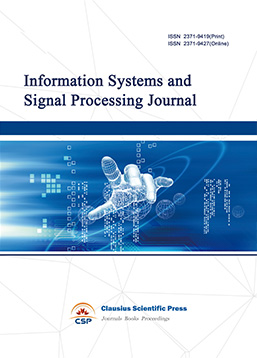
-
Intelligent Robots and Systems
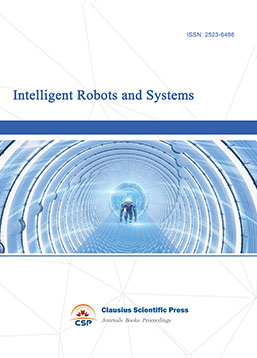
-
Journal of Image, Video and Signals
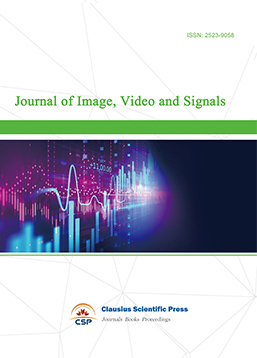
-
Transactions on Real-Time and Embedded Systems
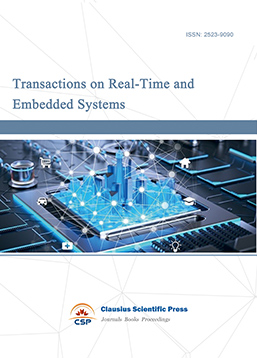
-
Journal of Electromagnetic Interference and Compatibility
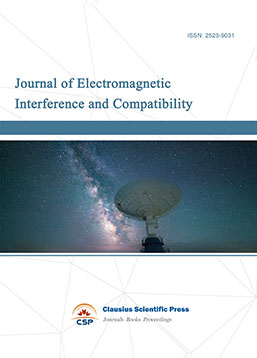
-
Acoustics, Speech and Signal Processing
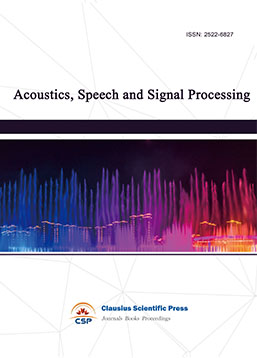
-
Journal of Power Electronics, Machines and Drives
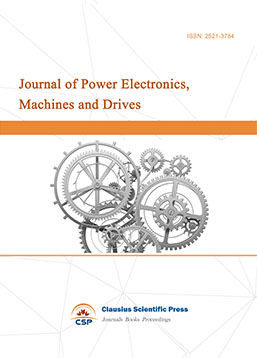
-
Journal of Electro Optics and Lasers
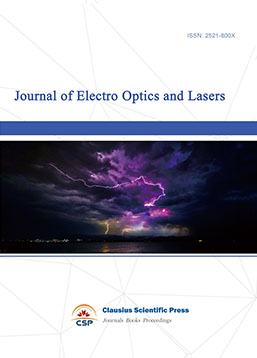
-
Journal of Integrated Circuits Design and Test
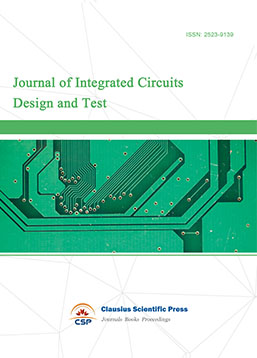
-
Journal of Ultrasonics
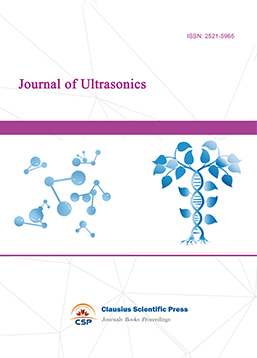
-
Antennas and Propagation
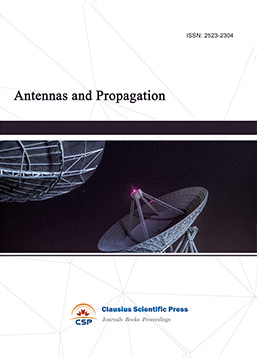
-
Optical Communications
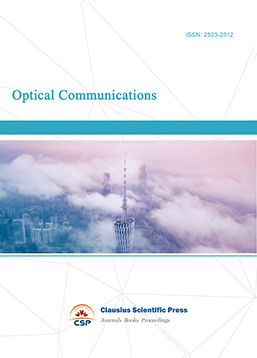
-
Solid-State Circuits and Systems-on-a-Chip
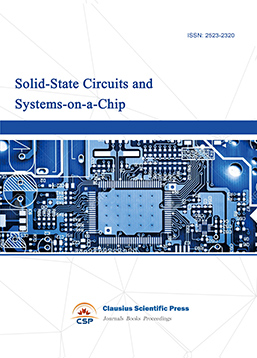
-
Field-Programmable Gate Arrays
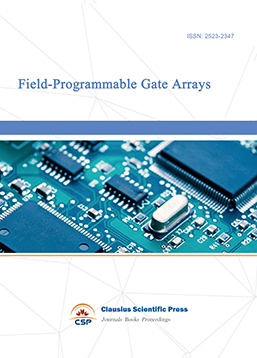
-
Vehicular Electronics and Safety
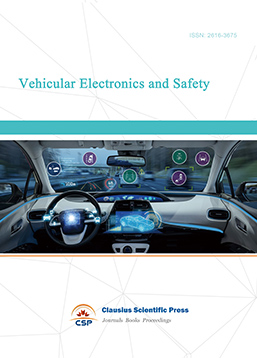
-
Optical Fiber Sensor and Communication
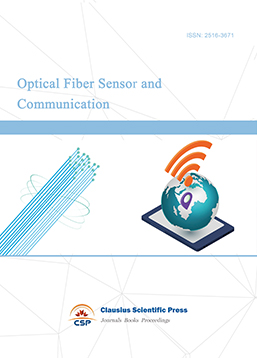
-
Journal of Low Power Electronics and Design
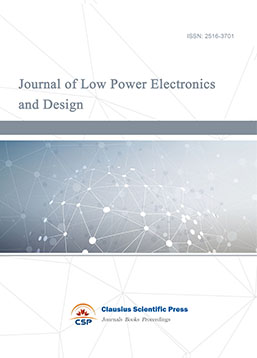
-
Infrared and Millimeter Wave
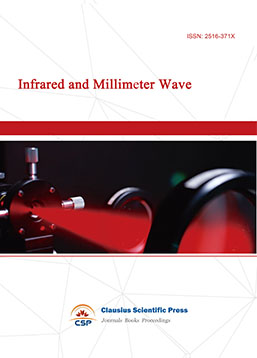
-
Detection Technology and Automation Equipment
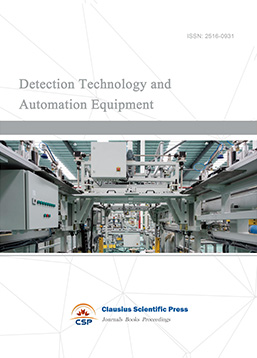
-
Journal of Radio and Wireless
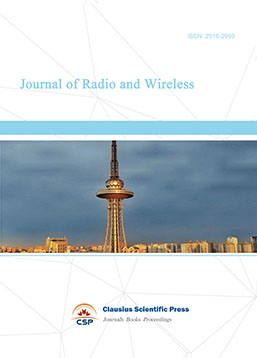
-
Journal of Microwave and Terahertz Engineering
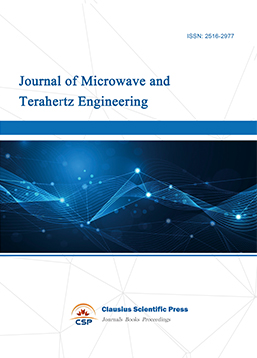
-
Journal of Communication, Control and Computing
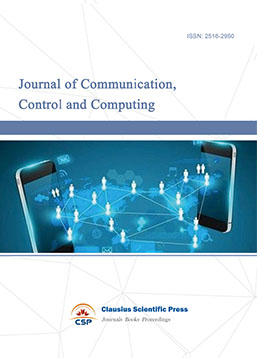
-
International Journal of Surveying and Mapping
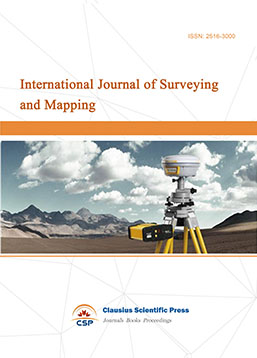
-
Information Retrieval, Systems and Services
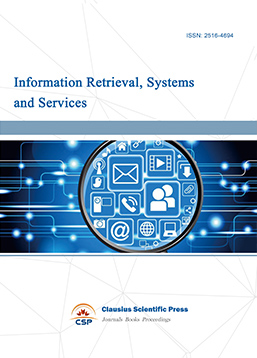
-
Journal of Biometrics, Identity and Security
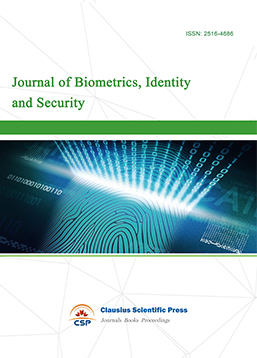
-
Journal of Avionics, Radar and Sonar
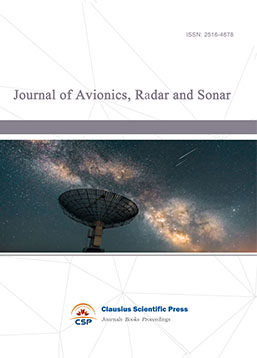

 Download as PDF
Download as PDF